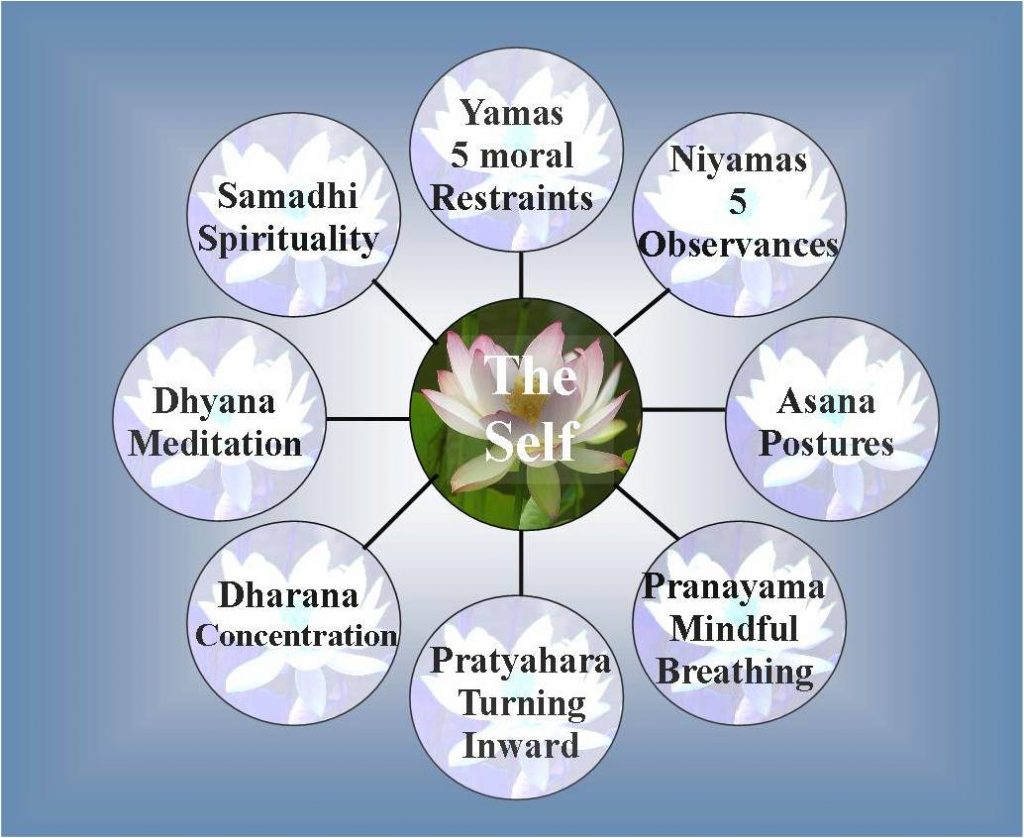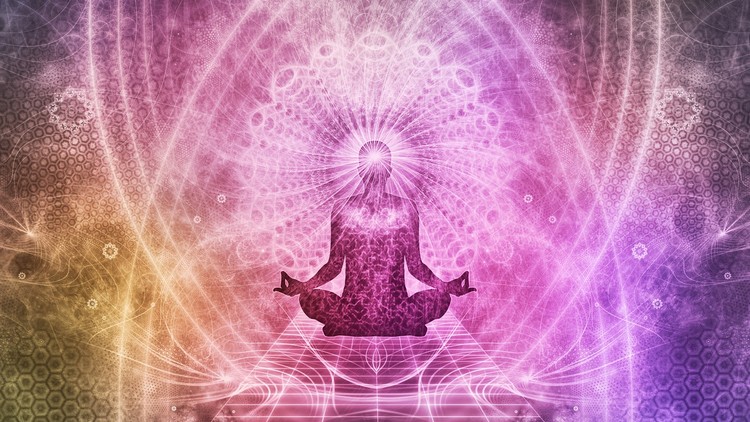ESSENCE OF YOGA – THE 8 LIMBS
Essence of yoga
The history of Yoga dates back to time immemorial, and includes a huge body of scriptures. That scriptures navigate the human experience and how we may train the mind through the body, thereby achieving the union of “Yog” with the all that is. So what is essence of yoga?
To witness the self as a direct expression of all that is. And without attaching to experiences, remaining free from conceptions and ideas. Whilst being spontaneously joyous, spring forth with universal knowledge both verbally and non-verbally as a direct outer of the eternal wisdom of the universal. This can become quite esoteric and difficult to comprehend. But may also be simplified when taken in the pathways of everyday practical Yoga routines available to us in real and tangible teachings.
The simplest of these is arguable the Astanga 8 limbs of Yoga. Which teaches us how we may walk the path the renunciates (Yogis) do, while we are still living in the material and commercial world of modernity and stressors.

Applying teachings
In fact, when we take written teachings and apply them where we are, it is the immediate experience. And this experience provides a learning environment and incentive to change our worldview and view of ourselves in it. And thus, we achieve greater knowledge of ourselves and others, our inner and outer world. So what is essence of yoga?
The Ashtanga teachings include a simplification and elucidation of the core yogic path. This was created to simplify and find an accord between the varying schools of Yoga. So it can sometimes cause much confusion to the beginning practitioner or potential student.
To summarize those principles here are the core 8 limbs as recorded in the Yoga Sutras of Patanjali:
1) Yama (ethical restraints) 2) Niyama (personal observances) 3) Asana (physical postures) 4) Pranayama (breath control) 5) Pratyahara (sense withdrawal) 6) Dharana (concentration) 7) Dhyana (meditation) 8) Samadhi (a state of unity)
The first two limbs consist of ethical and personal restraints and observances that lead us into more and more peace, thereby ensuring our practice may proceed with minimal obstructions. To go to the third step with no regard for the initial two is only going to create more challenges to your practice yielding the fruits your practice would otherwise provide. So it is best to adhere to the path of the ancient teachings in the acknowledgement that you will proceed more easily, and effectively through the path towards self realization and moksha, liberation and freedom from suffering for want of a better translation from Sanskrit.
The following are the breakdown of steps that make up the Yamas and Niyamas:
YAMAS (ethical restraints)
1) Nonviolence (Ahimsa) – doing no harm to oneself or to any living being or “From harming
ourselves and others to kindness and compassion for self and others”. 2) Truthfulness (Satya) – honesty and forthrightness without doing harm or “From lies and
half-truths to expressing our uniqueness and authenticity”. 3) Non-stealing (Asteya) – removing the tendency to look outwards for satisfaction or
“From theft to cultivating new skills and abilities”. 4) Non-excess (Brahmacharya) – being present to the divinity in life and not seeking more
or “From greed to appreciation and pleasure without excess”. 5) Non-possessiveness (Aparigraha) – freedom from desire to “own” or “keep” people,
status and material possessions or “From attachment to intimacy without possession”.
Check: 200 Hour Yoga Teacher Training in Rishikesh

NIYAMAS (personal observances)
1) Purity (Saucha) – continual clarification of our intent, thoughts, emotions and actions or
“Cleansing our bodies, our speech, our thoughts”. 2) Contentment (Santosha) – being at peace with the present state of awareness, internal
and external conditions or “Falling in love with our own life”. 3) Self-discipline (Tapas) – maintaining the drive and motivation to embrace eternal
change and create balance of “soft” and “hard” in ourself and practices or “Consciously choosing discipline and growth”. 4) Self-study (Svadhyaya) – to study the universal and small self, to also examine the
mind, its thoughts emotions and feelings arising in reaction to the external world, and learning the essence of our conditioned self to release this, so we may rest fully and completely in the expansive universal self and consciousness, or “Knowing the Self”. 5) Surrender (Ishvara Pranidhana) – to release control and embrace the progression
along the path as being like that of a river you have entered, carrying you downstream towards the ocean of enlightenment you release the need to struggle against perceived obstacles. This is essential for regaining faith in ourselves, and the outside world, embracing change and opening the heart and mind or “Paying attention to what life is asking of us”.
I trust that this brief explanation of the core principles in Yogic practice makes clear what was not before, and hides you along the path to union with truth, bliss, peace and consciousness.
Om Shanti Shanti Shanti
By Thomas Clayden Eckersley B.H.Sc


1 Comment